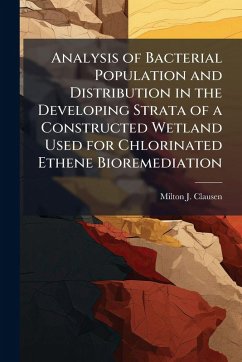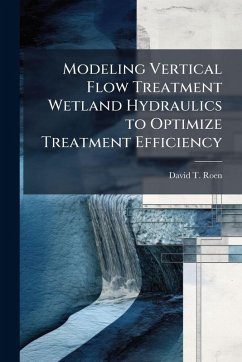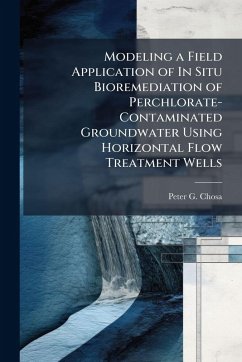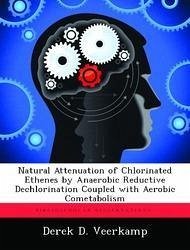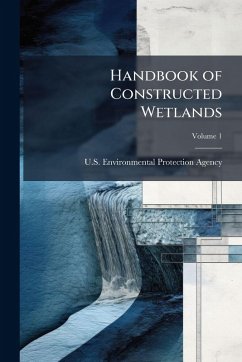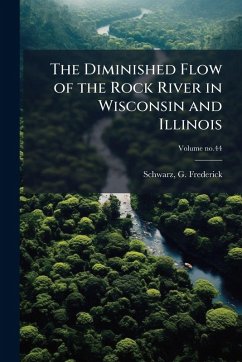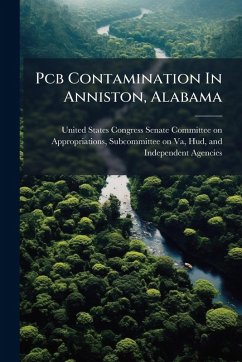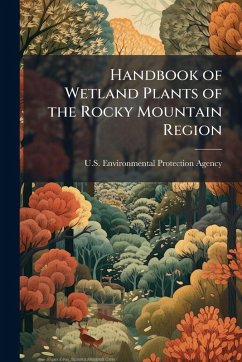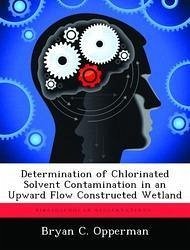
Determination of Chlorinated Solvent Contamination in an Upward Flow Constructed Wetland
Versandkostenfrei!
Versandfertig in über 4 Wochen
17,99 €
inkl. MwSt.

PAYBACK Punkte
9 °P sammeln!
The purpose of this study is to determine chlorinated solvent contamination levels in an upward flow constructed wetland at Wright-Patterson Air Force Base (WPAFB), Ohio. A stratified grid sampling methodology will be used in sampling the contaminated groundwater. Analysis will be accomplished by means of purge-and-trap gas chromatography. The contaminant concentration levels will be used to enhance the design and construction of man- made wetlands used to remove chlorinated solvents from aquifers. PCE levels declined from an average of 33.97 ppb in the inflow stream to an average of 3.65 ppb ...
The purpose of this study is to determine chlorinated solvent contamination levels in an upward flow constructed wetland at Wright-Patterson Air Force Base (WPAFB), Ohio. A stratified grid sampling methodology will be used in sampling the contaminated groundwater. Analysis will be accomplished by means of purge-and-trap gas chromatography. The contaminant concentration levels will be used to enhance the design and construction of man- made wetlands used to remove chlorinated solvents from aquifers. PCE levels declined from an average of 33.97 ppb in the inflow stream to an average of 3.65 ppb in the upper layer, a 91% reduction. High concentrations occurred in areas where high hydraulic pressure gradients and hydraulic conductivities combined to allow contaminated water to migrate to the upper layers of the wetland with minimal contact time for reduction. Removing these areas from the data set increased the PCE reduction efficiency to nearly 98% with an upper level concentration average of 0.84 ppb. Trichloroethene (TCE) inflow rates averaged 0.63 ppb while TCE concentrations in the upper layer averaged 0.175 ppb. TCE concentrations peaked in the middle layer of the wetland suggesting that reduction of PCE was occurring there and in the bottom layer. This work has been selected by scholars as being culturally important, and is part of the knowledge base of civilization as we know it. This work was reproduced from the original artifact, and remains as true to the original work as possible. Therefore, you will see the original copyright references, library stamps (as most of these works have been housed in our most important libraries around the world), and other notations in the work. This work is in the public domain in the United States of America, and possibly other nations. Within the United States, you may freely copy and distribute this work, as no entity (individual or corporate) has a copyright on the body of the work. As a reproduction of a historical artifact, this work may contain missing or blurred pages, poor pictures, errant marks, etc. Scholars believe, and we concur, that this work is important enough to be preserved, reproduced, and made generally available to the public. We appreciate your support of the preservation process, and thank you for being an important part of keeping this knowledge alive and relevant.




